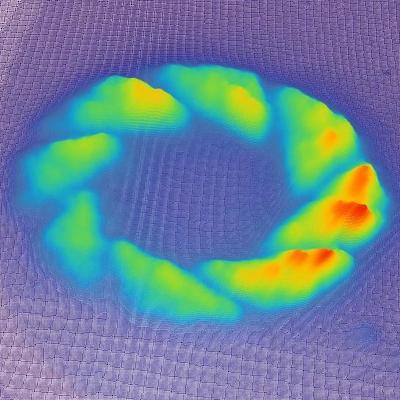Ultrafast high-resolution imaging in real time
Ultrafast high-resolution imaging in real time could be a reality with a new research discovery led by the University of Melbourne.
In work published in Nature Communications, researchers from the University of Melbourne and the ARC Centre for Excellence in Coherent X-ray Science have demonstrated that ultrashort durations of electron bunches generated from laser-cooled atoms can be both very cold and ultrafast.

Lead researcher Associate Professor Robert Scholten said the surprising finding was an important step towards making ultrafast high-resolution electron imaging a reality.
He said the finding would enhance the ability of scientists in labs to create high-quality snapshots of rapid changes in biological molecules and specimens.
“Electron microscopy, which uses electrons to create an image of a specimen or biological molecule, has revolutionised science by showing us the structure at micro- and even nanometre scales,” Associate Professor Scholten said.
“But it is far too slow to show us critical dynamic processes, for example, the folding of a protein molecule which requires time resolution of picoseconds (billionth of a billionth of a second).
“Our discovery opens up the possibility to dramatically enhance the technology.”
Researchers say imaging at this level is like making a ‘molecular movie’. The temperature of the electrons determines how sharp the images can be, while the electron pulse duration has a similar effect to shutter speed.
The team has been able to combine these two qualities of speed and temperature, generating ultrafast electron pulses with cold electrons and paving the way for new advances in the field.
A non-destructive way to locate microplastics in body tissue
Currently available analytical methods either destroy tissue in the body or do not allow...
Rapid imaging method shows how medicine moves beneath the skin
Researchers have developed a rapid imaging technique that allows them to visualise, within...
Fluorescent molecules glow in water, enhancing cell imaging
Researchers have developed a new family of fluorescent molecules that glow in a surprising way,...





